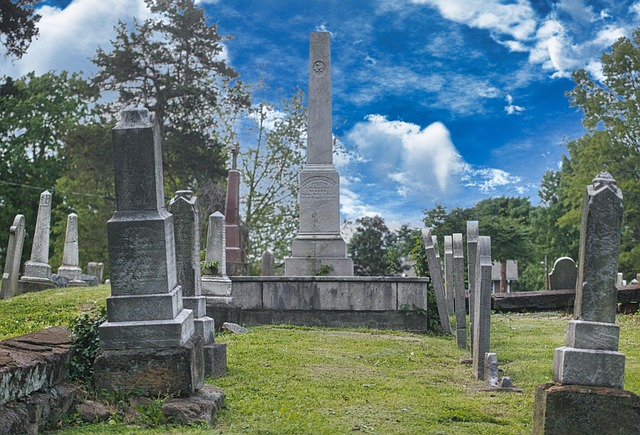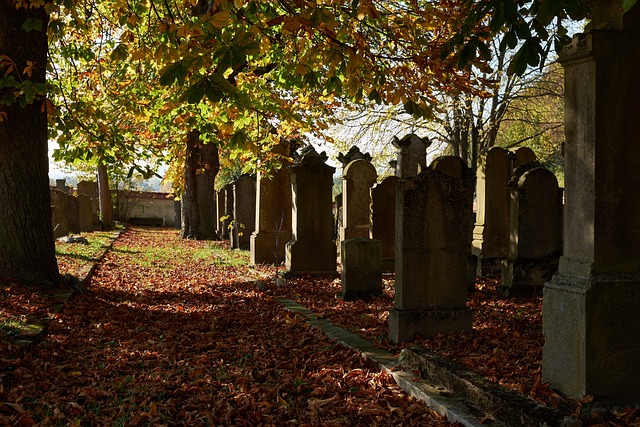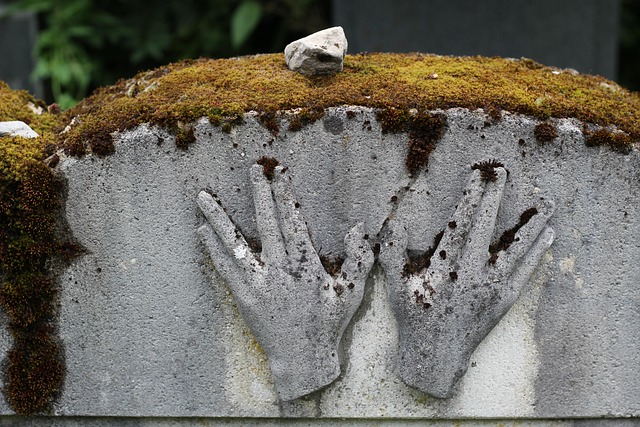The 1880s architectural style, characterized by sturdy wooden facades, ornate balconies, and grand entrances, adds historical charm and aesthetic value to real estate properties. These distinctive features make such properties highly desirable and command premium prices due to their rarity. Developers and business owners are leveraging this era's design elements to create immersive historical spaces, attracting locals and tourists for unique retail and dining experiences. By combining structural changes with meticulous interior design, they preserve the allure of the past while enabling modern businesses to thrive in historic buildings.
Step back in time and explore the allure of the 1880s through historic saloons and shops, as seen through a real estate lens. This era’s architectural and design elements offer a captivating glimpse into the past, inspiring modern businesses to recreate its charm. From reclaimed wood and stained glass to vintage signage, discover how property professionals are adapting historic spaces for contemporary uses. Learn about the unique opportunities and challenges in revitalizing these landmarks while preserving their authentic character.
The Historical Charm of 1880s Saloons and Shops: A Real Estate Perspective
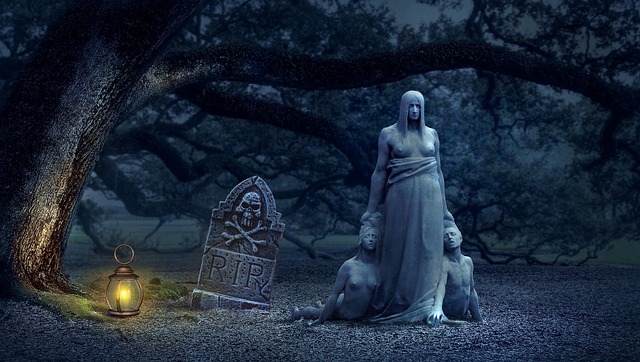
The 1880s era holds a unique allure, especially in the context of real estate. Saloons and shops from this period often feature architectural details that capture the historical charm of the time—sturdy wooden facades, ornate balconies, and grand entrances. These structural elements not only add aesthetic value but also contribute to the overall ambiance and character of a location. From a real estate perspective, properties with these distinctive features can command premium prices due to their rarity and the nostalgia they evoke.
Investor interest in restoring and preserving these historical spaces has been on the rise, reflecting a broader trend in the industry to appreciate and celebrate architectural heritage. The rehabilitation of old saloons and shops not only preserves a piece of history but also creates opportunities for unique retail and dining experiences that attract both locals and tourists, boosting local economies and adding cultural depth to urban landscapes.
Recreating the Past: Design Elements to Evoke the Era
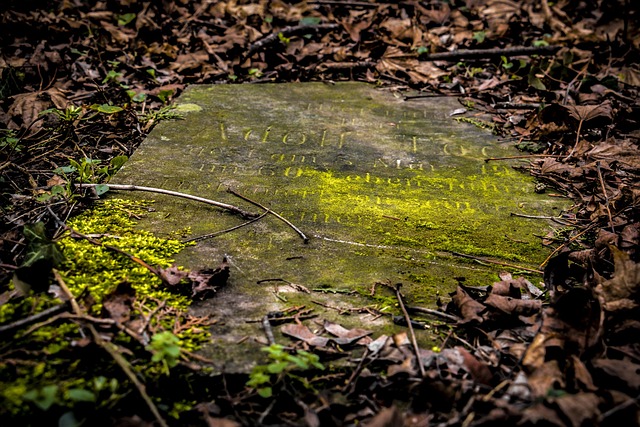
To transport patrons back to the 1880s, real estate developers and business owners are employing design elements that capture the essence of that era. Think ornate wood carvings, marble accents, and rich, deep colors—all reminiscent of the opulence and sophistication of the time. These physical cues aren’t just about aesthetics; they create an immersive experience, allowing customers to step into a bygone era.
Recreating historical spaces involves meticulous attention to detail. From the floor layouts to the choice of furniture and decor, every element should align with the period. For instance, saloons might feature polished wooden bars, gas lamps, and vintage signage, while shops could showcase display cases filled with antique goods, creating a sensory journey back in time.
Locating and Adapting Historic Spaces for Modern Businesses

In the pursuit of evoking the 1880s era, business owners often turn to historic spaces, adding a unique layer to their concept. The process involves careful consideration when adapting real estate with character and charm for modern uses. These buildings, ranging from former saloons to vintage shops, hold stories that can be transformed into captivating destinations while preserving the essence of bygone days.
Real estate professionals play a pivotal role in this journey, helping to locate and assess these spaces. They guide business owners through the intricacies of adapting historic structures, ensuring compliance with regulations while enhancing the authenticity of the desired aesthetic. From structural modifications to interior design choices, each element contributes to a seamless blend of old and new, allowing modern businesses to thrive within the confines of time-honored walls.

